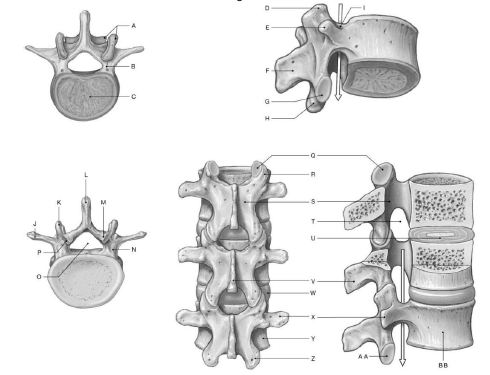Only 25% of DNA codes for protein synthesis
a. True
b. False
Indicate whether the statement is true or false
False
You might also like to view...
Using the figure below, identify the labeled part.

1) Label A: ______________________________
2) Label B: ______________________________
3) Label C: ______________________________
4) Label D: ______________________________
5) Label E: ______________________________
6) Label F: ______________________________
7) Label G: ______________________________
8) Label H: ______________________________
9) Label I: ______________________________
10) Label J: ______________________________
11) Label K: ______________________________
12) Label L: ______________________________
13) Label M: ______________________________
14) Label N: ______________________________
15) Label O: ______________________________
16) Label P: ______________________________
17) Label Q: ______________________________
18) Label R: ______________________________
19) Label S: ______________________________
20) Label T: ______________________________
21) Label U: ______________________________
22) Label V: ______________________________
23) Label W: ______________________________
24) Label X: ______________________________
25) Label Y: ______________________________
26) Label Z: ______________________________
27) Label AA: _____________________________
28) Label BB: _____________________________
What would be the consequences of a lacerated trigeminal nerve in terms of muscular control?
What will be an ideal response?
The thoracic cage (the thorax) includes all of the following bones except:
a. the scapula b. 12 pairs of ribs c. the vertebral column d. the sternum
Which of the following statements about acetylcholine is correct?
A. Acetylcholine binds to nicotinic and muscarinic receptors. B. Acetylcholine binds to adrenergic receptors. C. Acetylcholine synthesis is catalyzed by acetylcholinesterase D. Acetylcholine is the neurotransmitter released by most sympathetic postganglionic neurons. E. Acetylcholine is generally transported back into presynaptic nerve terminals without being enzymatically degraded.